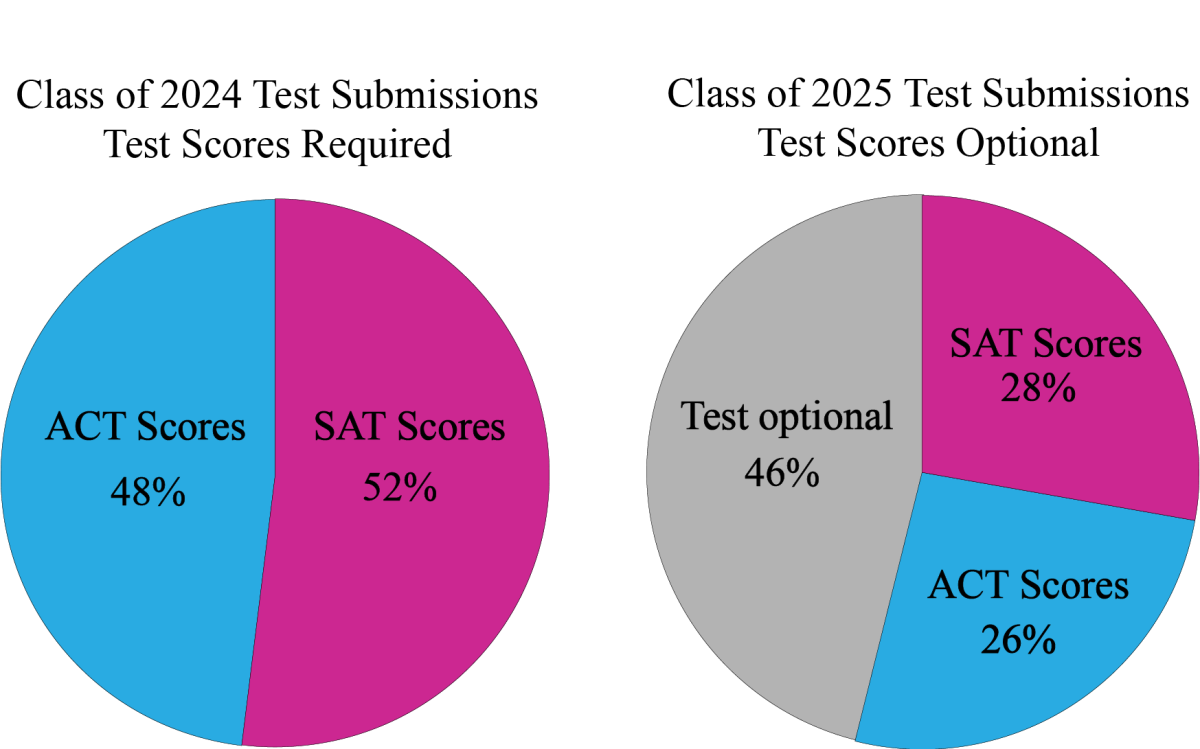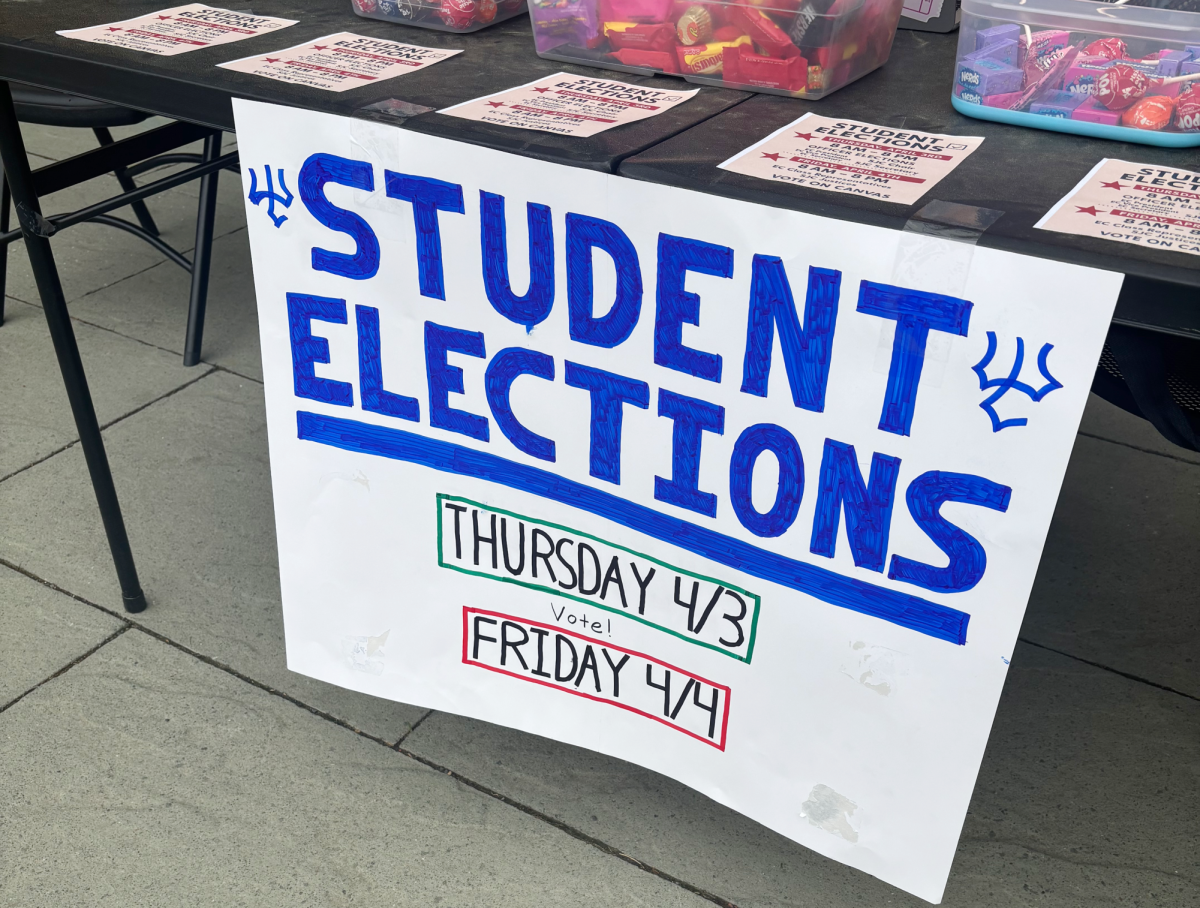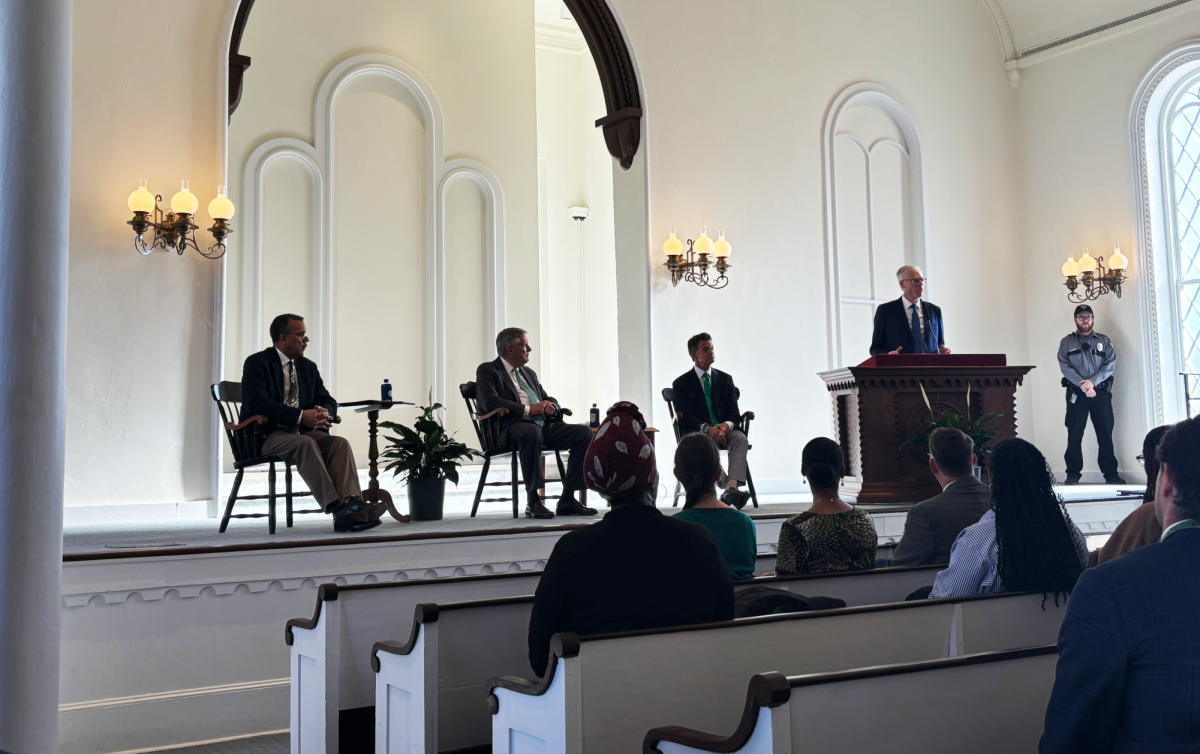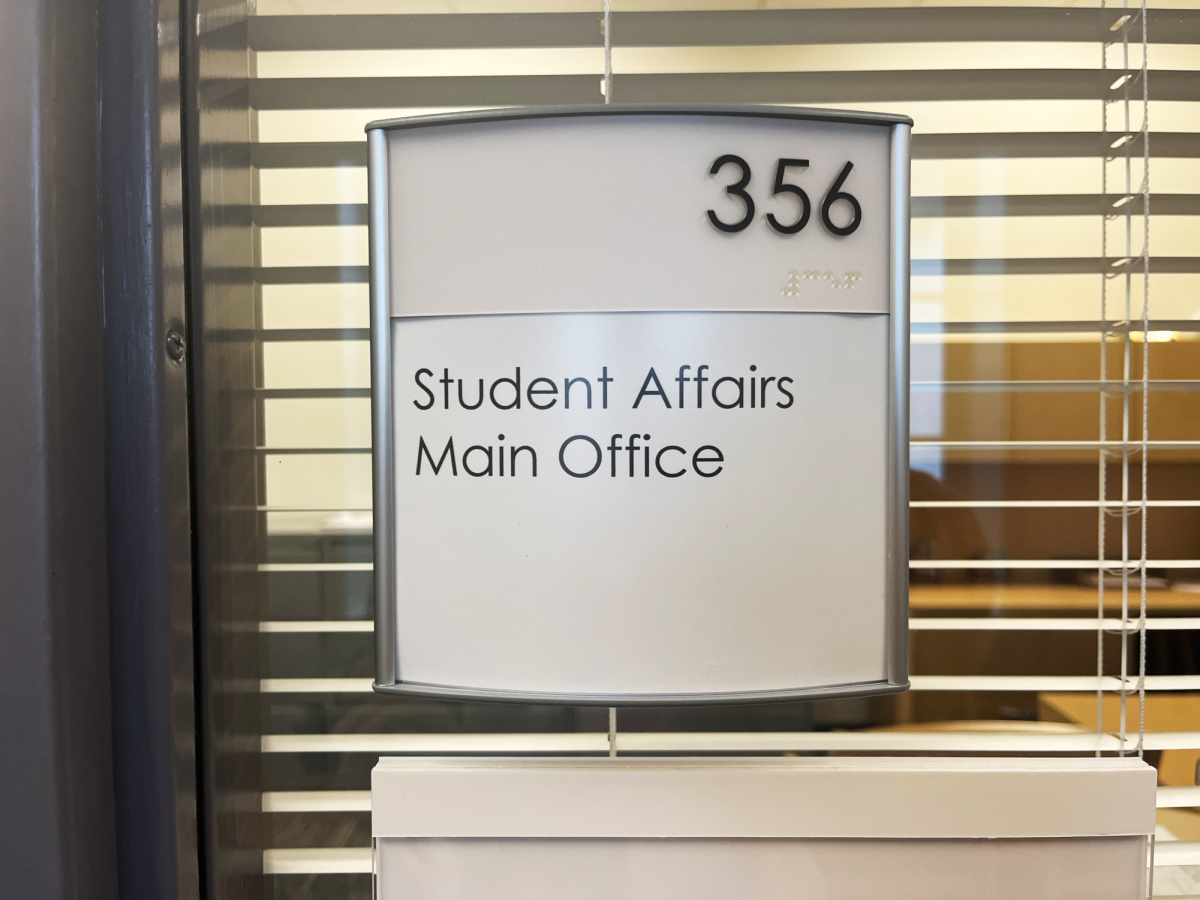Washington and Lee admissions is reassessing whether or not they will require standardized test scores in the future. But for now, the university will remain test-optional, Vice President of Admissions Sally Richmond said.
“Never say never,” Richmond said when asked about the university returning to required test scores.
If admissions officials found that standardized testing was equitable, they would return to required score submission, Richmond said. However, there are barriers to entry and differences in scores based on gender, race and socioeconomic factors, Richmond said.
The university originally went test-optional in 2020 due to COVID-19 and the challenges it presented for high school students. The power of choice is still very helpful, Richmond said.
Most students, regardless of whether they submitted test scores or not, believe their choice benefitted them in the admissions process.
“I think my test scores put my foot in the door,” Annabelle Sutliff, ’27, said.
One drawback to being a test-optional school is that it causes median test scores to become inflated, Richmond said. This causes fewer students to submit scores each year.
For students enrolled in the fall of 2020, when scores were required, the median SAT score was 1425. For those who enrolled in the fall of 2021, when scores were optional, the median SAT score was 1472, according to Washington and Lee’s Common Data Set.
“If that keeps happening, then that is grossly inflating the scores and it really doesn’t represent the breadth of the types of scores that would be permitted when it was required,” Richmond said.
The university is brainstorming ways to address this, Richmond said. This year, they disclosed what portion of the application pool, the admitted pool and the enrolled pool submitted standardized test scores.
According to the class of 2027 profile, 58 percent of applications did not submit scores, whereas 41 percent of those admitted and 48 percent of those enrolled did not submit scores.
For those who do not submit scores, other factors, such as high school transcripts, essays, teacher recommendations and extracurriculars, are amplified to take up the space of standardized test scores, Richmond said.
Some students believe the university should revert to requiring standardized testing scores.
“I think it was a fair rule to make during the years we were applying, because COVID impacted the trajectory of our high school education and overall brain development,” Meaghan Endres, ’26, said. “But, in coming years, it should be made a requirement, because being test-optional could be used as a shield for people who shouldn’t be here.”
Other students say applicants deserve the choice to submit test scores due to various barriers and test-taking skills.
“I just feel like a lot of standardized testing is pay-to-win,” Havva Gasimova, ’27, said. “People who can afford a lot of SAT prep or test-taking classes are likely to get higher scores, so I don’t think it’s a great reflection anymore.”
Although there are many barriers to entry, there is a correlation between standardized test scores and a student’s success in their first year of college, Richmond said.
Washington and Lee is a part of a research consortium for the College Board to dictate if this correlation still exists and will help inform the university’s decision going forward.










